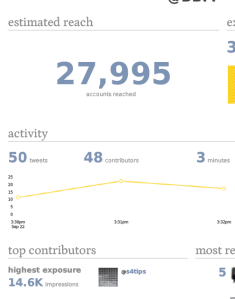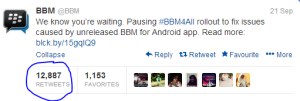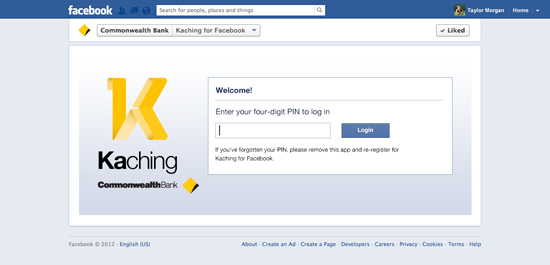This week topic is about Return On Investment (ROI) on Social Media, and also I will provide an example of a company invested in Social Media.
Firstlly, Return On Investment (ROI) is a measurement tool used to evaluate the efficiency of an investment or compare the efficiency of a number of different investments. There is a calculation formula used to calculate the benefit of an investment.
ROI Formula
The example that I am going to use is Joie de vivere hotels investment on Social Media, in particularly Facebook and Twitter. Joie de Vivire was found in 1987 and it runs more then 30 luxury hotels in California.
The company is using social media technologies to reach their customer, and within less than a year the Joie De Vivire has booked more than 1000 room night, which may stay empty without the use of social media.
So how did they achieve this?
By using a variety of social media platforms to dive sales, the company started to promote for deals and coupons for their more than 10,000 followers on twitter and more than 5000 on face book. For example, every Tuesday the hotel tweets an exclusive deal to their followers and they have only few hours to get this deal. In the past the hotel has offered a luxury room for only $79 in November and December. Also, the company offer exclusive deals for their Facebook fans every Friday.

JDV Hotel promotion tweet
Also, the company has ran a social media competition which asks people to submit a video on YouTube and sharing why they love California, where the winners will win all-expenses California road trips with a stay in the company’s hotels.
Here is an info-graphic showing 10 examples of ROI investment on social media, and there is a video that I liked and I would like to share with you. in this video illustrate social media practices




















